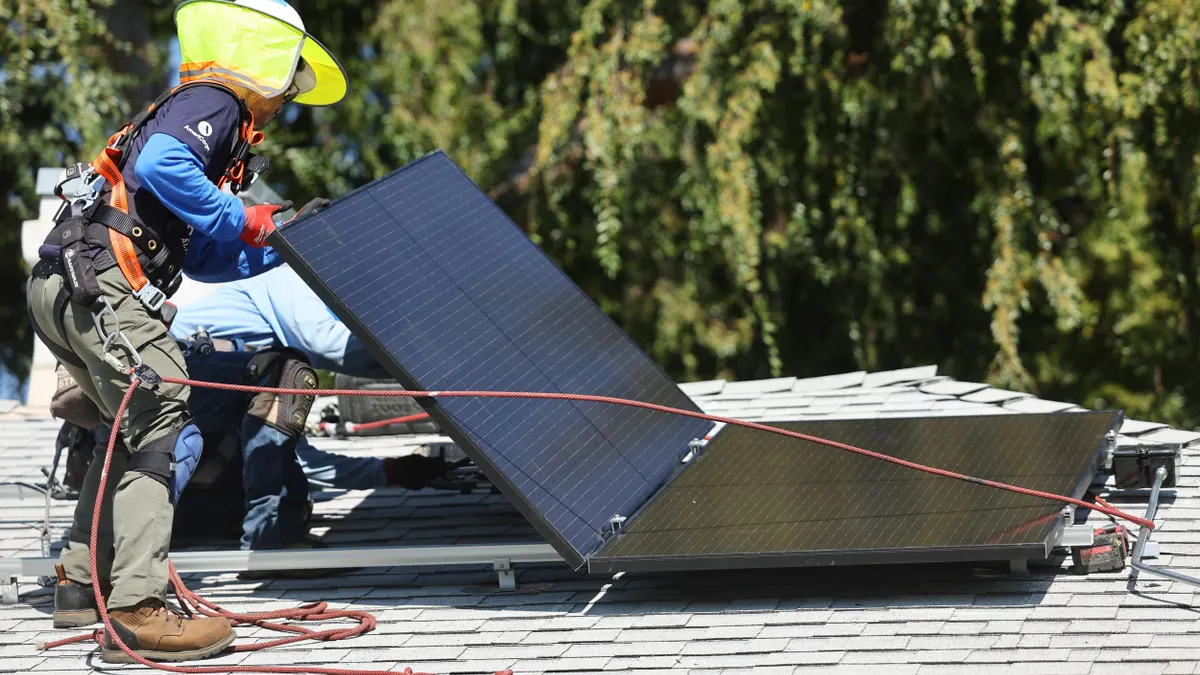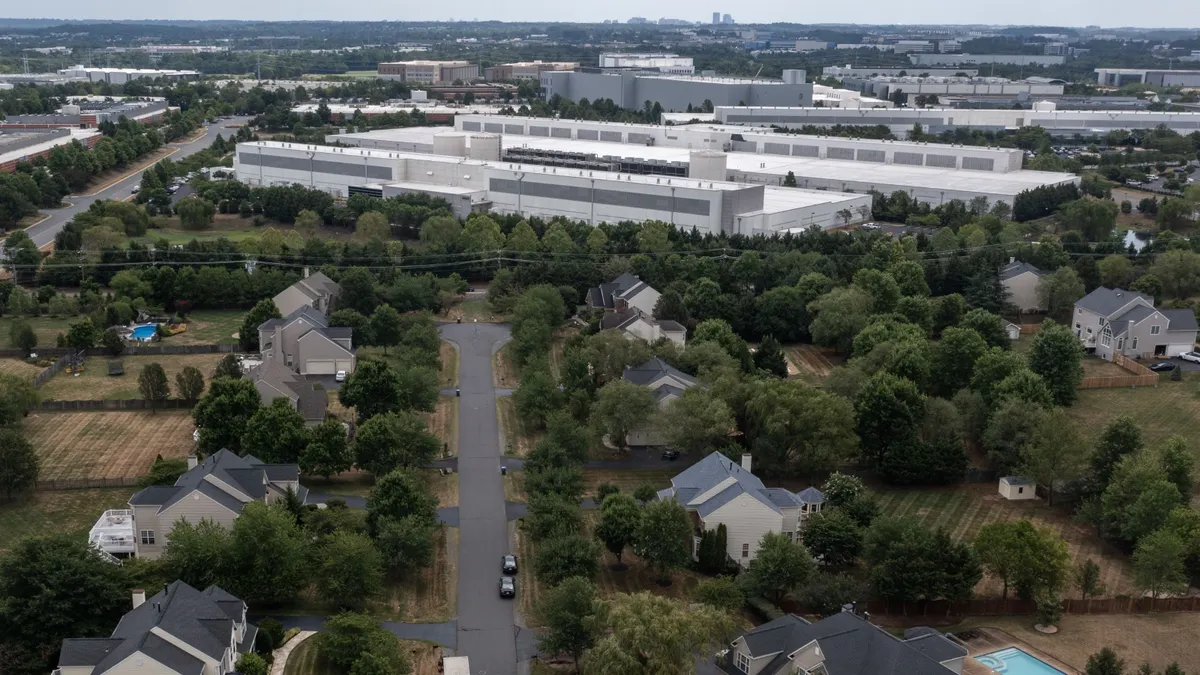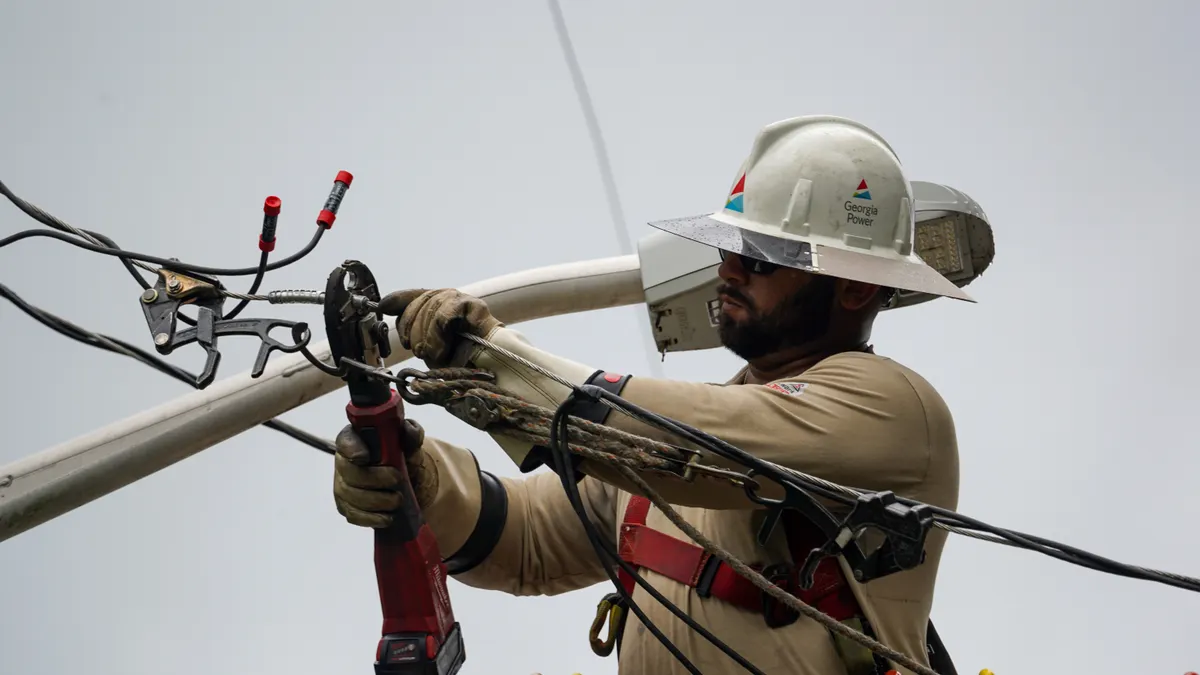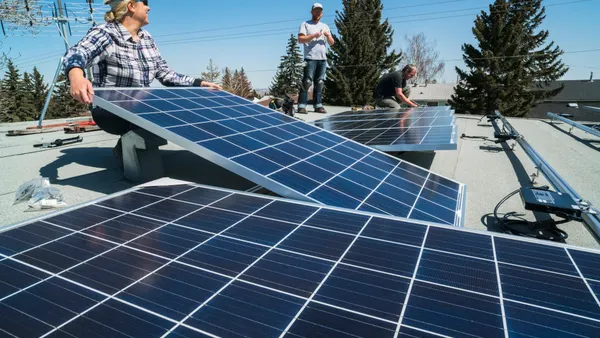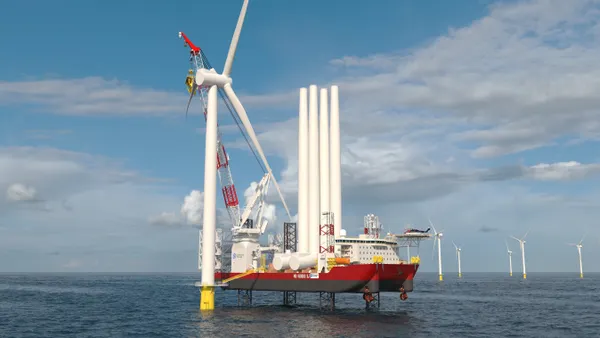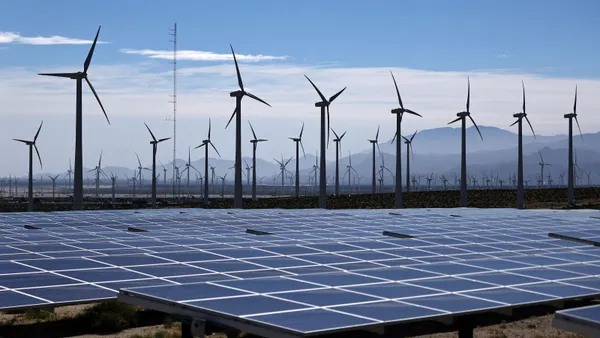Clean energy jobs grew by 2.8% in 2024, outpacing overall U.S. employment growth by 2 percentage points, according to a new report from E2 – but that growth might be interrupted by policy changes like the rollback of certain Inflation Reduction Act incentives, the group said.
“At the end of 2024, more than 3.5 million Americans were employed in clean energy occupations, spanning renewable generation, battery and storage, energy efficiency, biofuels, grid modernization and clean vehicles industries,” E2 said. “The growth of clean energy jobs also far outpaced job growth across the rest of the energy industry.”
Around 60% of clean energy jobs, a total of 2.2 million workers, are currently in construction and manufacturing, said the report. More than 2.3 million workers are in energy efficiency, which E2 calls the “foundation of the clean energy economy ... spanning construction, HVAC, lighting, and advanced building materials.” Solar employs the most workers in the renewables sector, with 370,000 jobs.
There are nearly 170,000 workers in the storage and grid sectors, and nearly 400,000 workers in EVs, hybrids, and hydrogen vehicles, according to E2.
At the beginning of 2025, “clean energy was expected to remain one of the fastest growing segments of the U.S. economy,” E2 noted, with wind turbine technician and solar installer jobs projected to be the fastest-growing roles, according to the U.S. Bureau of Labor Statistics.
“But recent policy decisions to revoke energy incentives, cancel permits, and add additional administrative burdens to clean energy projects puts the continued growth of clean energy jobs in America at serious risk,” E2 said.
In a July report, E2 said that $22 billion worth of new factories and clean energy projects were canceled in the first half of this year, leading to a loss of around 16,500 jobs.
The growth of offshore wind jobs seems particularly precarious in 2025, as new offshore wind farms are not being developed and several of the largest farms under construction are facing stop-work orders and revoked permits as the Trump administration executes on the president’s executive order to halt wind development.
“Thousands of jobs in the wind energy sector are at risk because the Trump administration is temporarily blocking wind energy permitting,” the Center for American Progress said in August. “The longer the temporary ban on wind energy permits lasts, the longer communities could have to wait for the benefits from these projects.”
CAP estimated that the offshore wind projects currently under construction are responsible for 12,539 direct jobs and 5,333 indirect jobs.
“Looking ahead, clean energy jobs are still positioned to grow, given rising demand for electricity from the tech industry and consumers and continued uncertainty over global petroleum supplies and prices,” E2 said. But “unless federal policies and regulations are revised and revisited, and unless state and local governments strengthen and expand clean energy and clean vehicles policy, continued growth is tenuous at best in the years ahead.”



